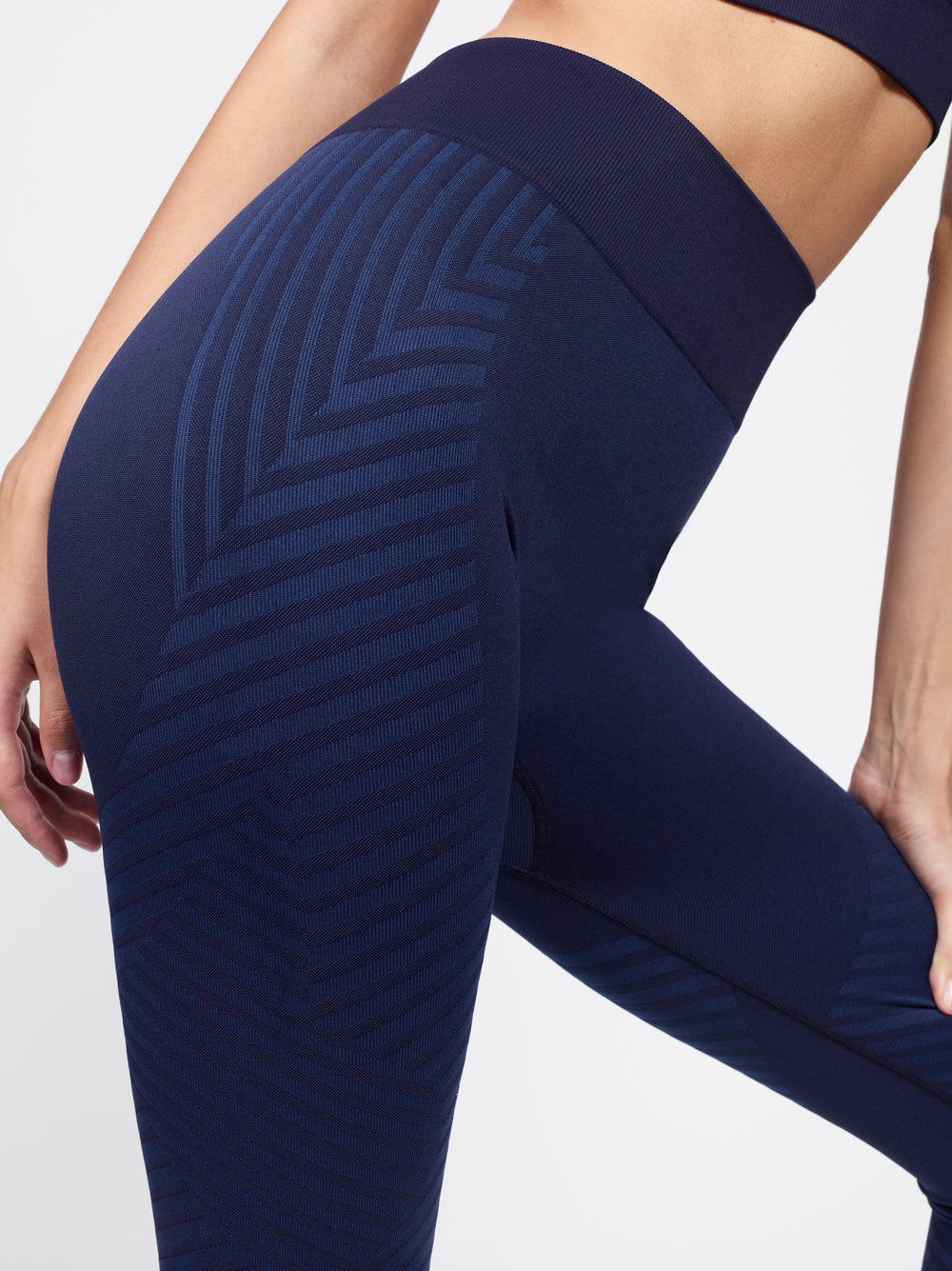 
Inversions are captivating yoga poses that challenge both your physical strength and mental focus. From headstands to handstands, these gravity-defying postures require a strong and stable core, shoulders, and upper body to maintain balance and control. In this article, we'll explore the world of inversions, understand their benefits, and guide you through a series of strength-building exercises that will prepare you to master these awe-inspiring poses.
The Power of Inversions
Inversions are yoga poses that involve flipping the body upside down or positioning it with the head below the heart. These poses offer a myriad of physical, mental, and emotional benefits:
1. Increased Blood Flow: Inversions facilitate better blood circulation throughout the body, improving oxygen and nutrient delivery to the brain, heart, and other vital organs.
2. Strengthened Muscles: Inversions engage multiple muscle groups, particularly the core, shoulders, arms, and back, leading to increased strength and stability.
3. Improved Balance: Practicing inversions challenges your balance and proprioception (awareness of your body in space), enhancing overall balance and coordination.
4. Enhanced Focus and Concentration: Maintaining balance in inversions demands unwavering focus and mental clarity, training the mind to stay present and attentive.
5. Stress Reduction: Inversions have a calming effect on the nervous system, reducing stress and anxiety while promoting relaxation.
6. Boosted Confidence: Successfully mastering an inversion can significantly boost self-confidence and self-esteem.
However, achieving these benefits requires a strong foundation of strength and stability, which we'll address with a series of strength-building exercises.
Strength-Building Exercises for Inversions
Before attempting advanced inversions like handstands and headstands, it's crucial to build the necessary strength and stability in key muscle groups. Here are some exercises to incorporate into your practice:
1. Plank Variations
Planks are excellent for building core strength and shoulder stability, both of which are crucial for inversions.
a. High Plank:
- Start in a push-up position with your hands directly under your shoulders and your body forming a straight line from head to heels.
- Engage your core, squeeze your glutes, and hold the position for as long as you can, aiming for at least 30 seconds.
b. Side Plank:
- Begin in a high plank position.
- Shift your weight onto your right hand, rotate your body to the left, and stack your left foot on top of your right.
- Lift your left arm toward the ceiling, creating a straight line from head to heels.
- Hold for 15-30 seconds on each side.
2. Dolphin Pose
Dolphin Pose is an excellent preparatory pose for forearm balances like forearm stand and handstand.
- Start in a tabletop position on your hands and knees.
- Lower onto your forearms, keeping your elbows directly under your shoulders.
- Press your palms together and lift your hips toward the ceiling, forming an inverted V shape.
- Engage your core and hold for 30 seconds to 1 minute.
3. Shoulder Shrugs
This exercise targets the muscles of the upper back, shoulders, and triceps, which are essential for supporting your weight in inversions.
- Stand with your feet hip-width apart, holding a dumbbell in each hand.
- Let the dumbbells hang at arm's length by your sides.
- Shrug your shoulders upward as high as possible while keeping your arms straight.
- Lower your shoulders and repeat for 3 sets of 12-15 reps.
4. Hollow Body Hold
The hollow body hold is a core-strengthening exercise that develops the strength and stability needed for inversions.
- Lie flat on your back with your arms extended overhead and your legs straight.
- Engage your core muscles, lifting your head, arms, shoulders, and legs a few inches off the ground.
- Maintain a hollow shape with your lower back pressed into the floor.
- Hold for 20-30 seconds, gradually increasing the duration.
5. Pike Push-Ups
Pike push-ups target the shoulders and triceps, mimicking the pressing motion required for inversions.
- Begin in a downward-facing dog position with your hands shoulder-width apart and your hips high.
- Lower your head toward the floor by bending your elbows.
- Push back up to the starting position.
- Perform 3 sets of 10-12 reps.
6. Leg Raises
This exercise strengthens the hip flexors, which play a crucial role in lifting your legs and controlling balance during inversions.
- Lie flat on your back with your arms by your sides.
- Keep your legs straight and lift them toward the ceiling, engaging your core.
- Lower your legs back down without letting them touch the ground.
- Do 3 sets of 12-15 leg raises.
7. Wall Walks
Wall walks help build shoulder and upper body strength while improving your comfort with being upside down.
- Begin in a high plank position with your feet against a wall.
- Walk your feet up the wall, one step at a time, until your body forms an L shape.
- Hold the position for as long as you can, aiming for 30 seconds or more.
8. Boat Pose
Boat Pose strengthens the core muscles and helps improve balance.
- Sit on the floor with your knees bent and your feet flat.
- Lean back slightly and lift your feet off the ground, keeping your knees bent at first.
- Straighten your legs while keeping your upper body lifted, forming a V shape.
- Hold for 20-30 seconds, gradually increasing the duration.
9. Chair Pose
Chair Pose builds strength in the legs and engages the core muscles, preparing you for the stability required in inversions.
- Stand with your feet together and raise your arms overhead.
- Bend your knees and lower your hips, as if you were sitting in a chair.
- Keep your back straight and your core engaged.
- Hold for 30 seconds to 1 minute.
10. Forearm Stand Practice
Forearm stand is an intermediate inversion that combines strength and balance.
- Begin in a dolphin pose, as described earlier.
- Walk your feet closer to your elbows, bringing your hips over your shoulders.
- Lift one leg off the ground and start to kick the other leg up, aiming to find balance on your forearms.
- Practice this inversion near a wall for support and safety.
11. Headstand Practice
Headstand is an advanced inversion that requires a strong core and shoulders.
- Start in a dolphin pose, with your forearms on the mat and your hands interlaced.
- Place the crown of your head on the mat, creating a triangle with your hands and head.
- Lift your hips and walk your feet closer to your head.
- Slowly raise one leg at a time and find balance on your head and forearms.
- Practice this inversion near a wall until you can comfortably hold it away from the wall.
12. Handstand Practice
Handstand is an advanced inversion that demands exceptional upper body strength and balance.
- Start by facing a wall and placing your hands about a foot away from it.
- Kick one leg up while pushing off with the other, aiming to reach a handstand position against the wall.
- Gradually work on finding balance and holding the handstand away from the wall, if you feel comfortable.
Inversions are more than just impressive yoga poses; they are a testament to your strength, balance, and dedication to your practice. Incorporating these strength-building exercises into your routine will prepare you for the challenges and rewards of inversions. Remember that patience and consistent practice are essential when working toward mastering inversions. As you build your strength and stability, you'll not only achieve these challenging poses but also experience a deeper connection to your body and a heightened sense of accomplishment. So, embrace the journey, keep practicing, and enjoy the benefits of mastering inversions in your yoga practice.
|




















